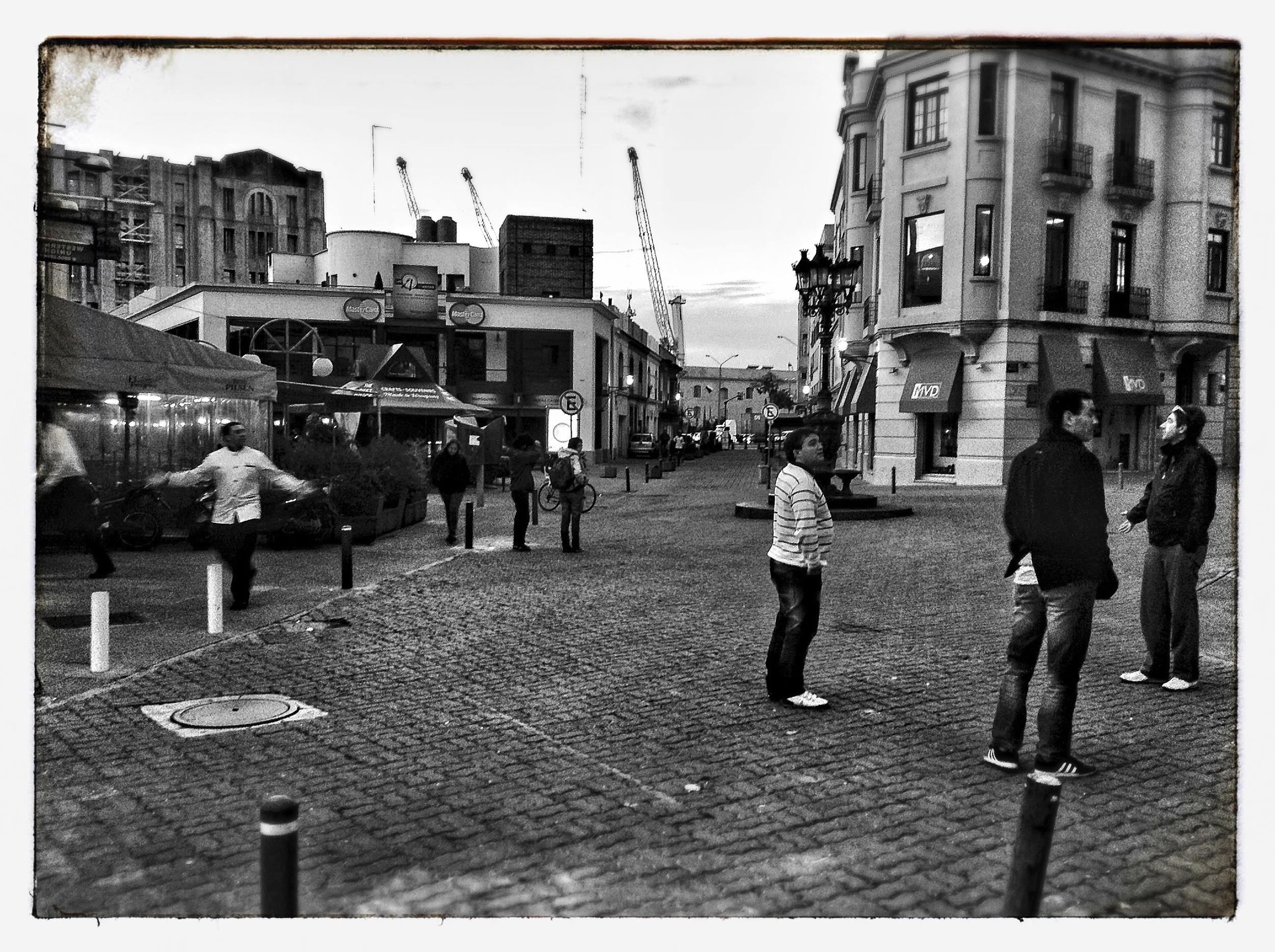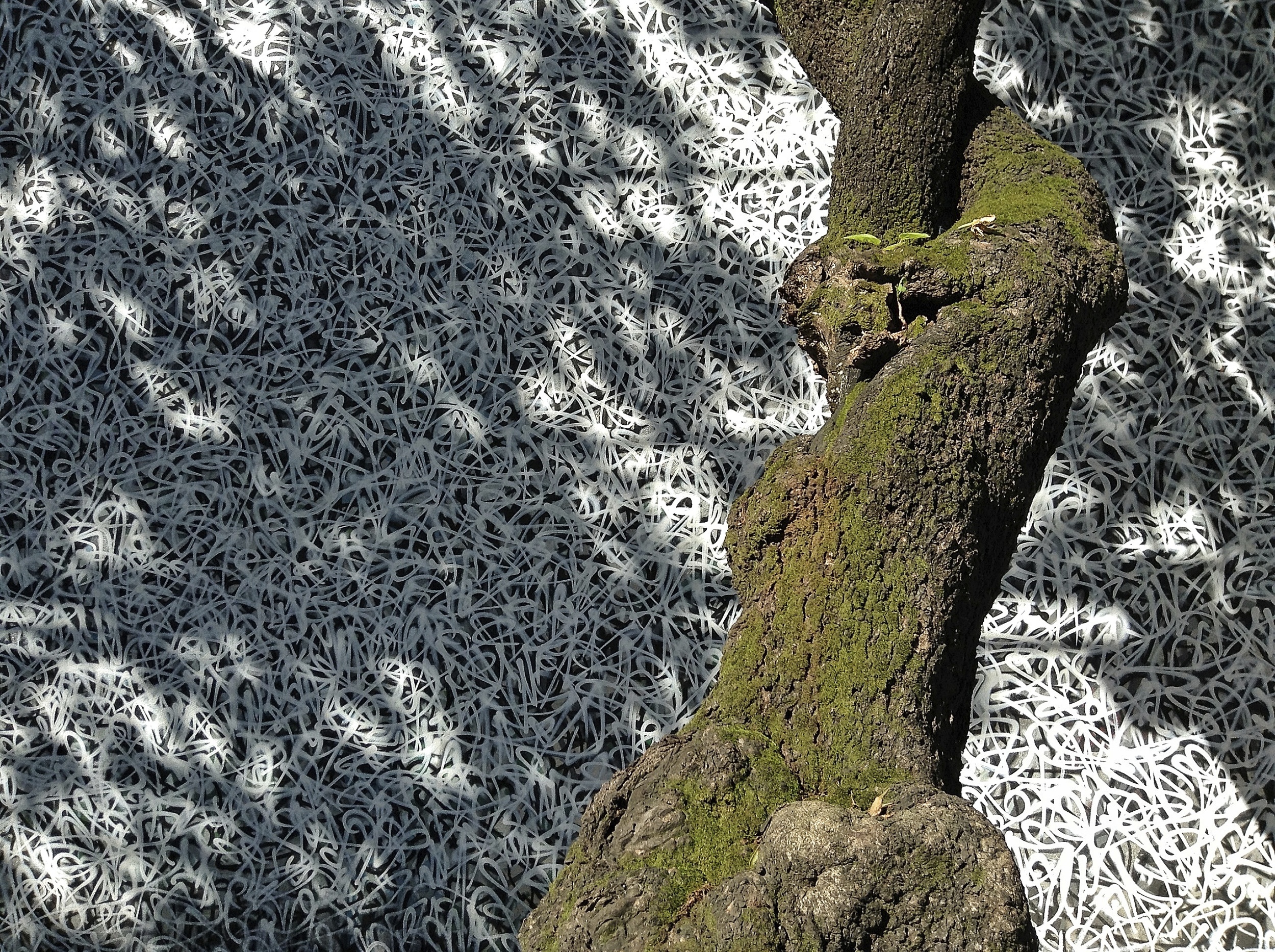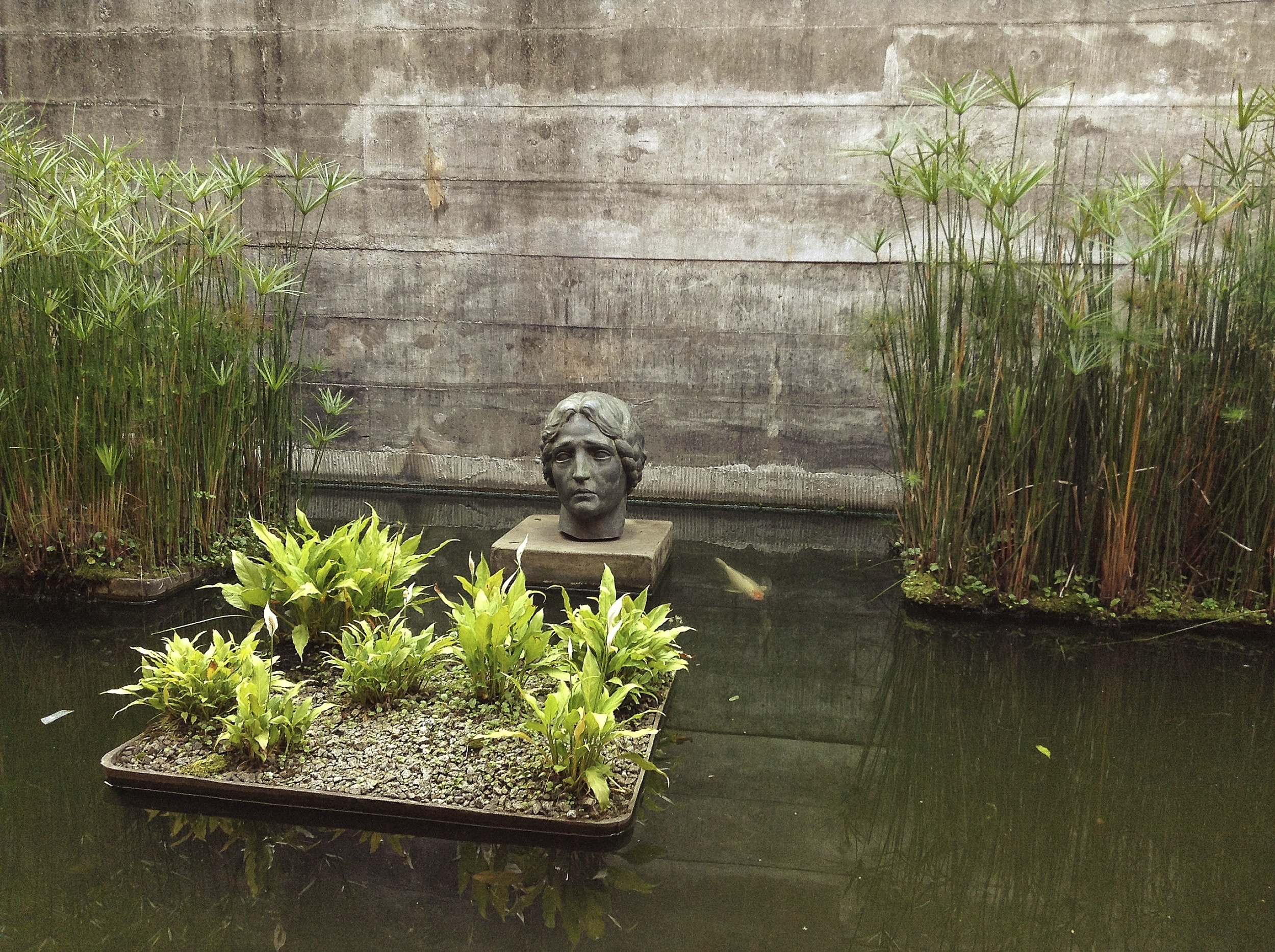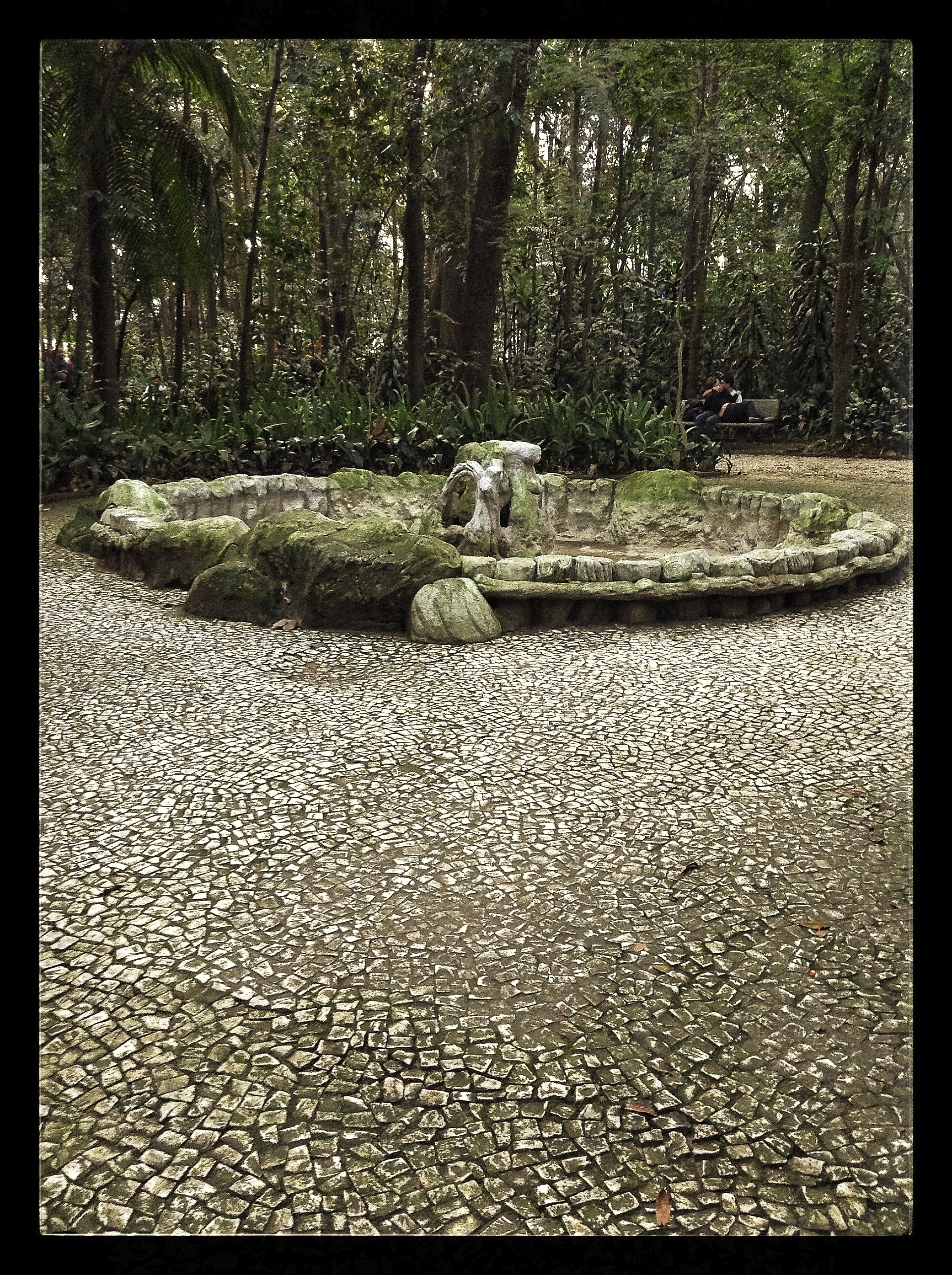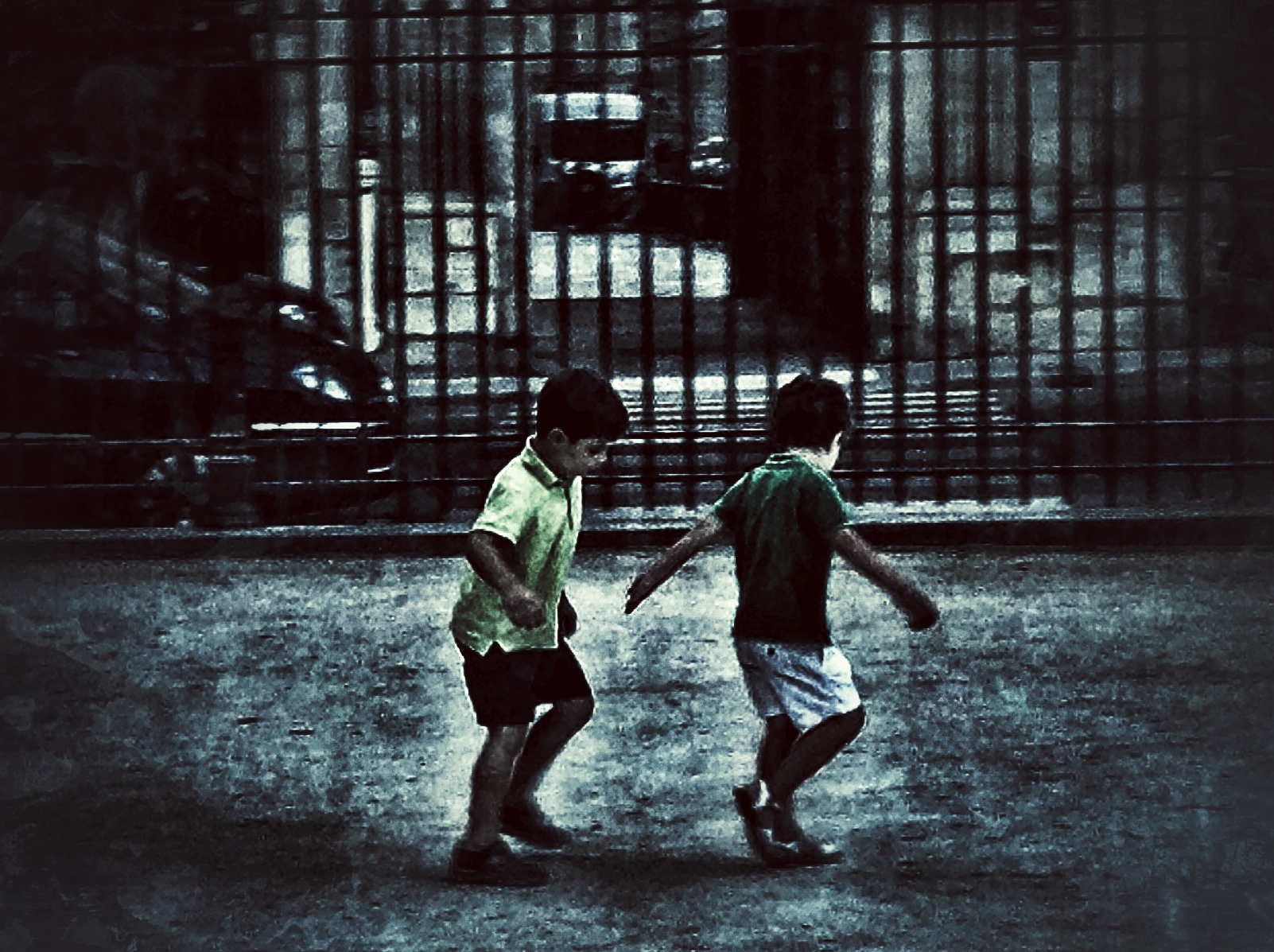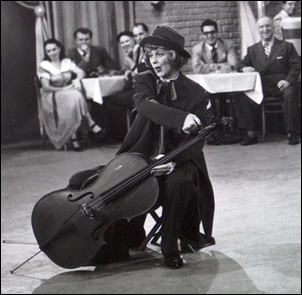On a recent trip to New York City, I visited the Cooper-Hewitt Smithsonian Museum Design, up on Fifth Avenue along Central Park. The museum is a compact place featuring many delights for anyone interested in design, engineering, architecture, visual arts, communication, and information.
I started on the third (and top) floor, where I saw a temporary exhibition celebrating the creative accomplishments of Heatherwick Studio, a London-based design and architecture firm. Then I went to the second floor, the highlight of which was the Immersion Room, a sort of wraparound, room-size toolbox in which you can design and digitally display your own wallpaper. Then I descended to the first floor, where another temporary exhibition led you through a series of brilliant posters from decades past, showing you how poster artists use “principles of composition, perception and storytelling to convey ideas and construct experiences” (in the museum’s words).
By then I had already had any number of uplifting and enlightening experiences, but the basement remained to be explored. There I found a strange object, a cross between a stool and a spinning top made of hard plastic (or, to get technical, “rotationally molded polyethylene”). Created by those accomplished fellows from the Heatherwick Studio, this “spinning stool,” so to speak, is wobbly by design. You sit on it quite low, with your butt and most of your back cocooned against the stool’s inner curves. Then you lift your feet off the floor and . . . and the thing starts wobbling, with you in it. Meaning, YOU start wobbling in space, seemingly out of control, seemingly in danger of falling off and breaking your neck.
Perhaps you’re familiar with the famous five stages of loss and grieving: denial, anger, bargaining, depression, and acceptance. What’s interesting about these stages is how dynamic they are; they imply change, movement, and finally growth.
Riding the wobbly spinning stool, I felt myself passing through four stages. They weren’t similar to the actual stages of loss and grieving, but they were certainly dynamic—and, like the stages of loss and grieving, they involved strong emotions.
First stage: “I don’t wanna do this. It looks unsafe. I was never any good at sports. I’ll fall, people will laugh, everyone will know I’m a pathetic old fool.”
Second stage: “Okay, I’m doing it. How does it work? Wow, it’s so low. And if I take my feet off the floor . . .? Ohmigod, ohmigod, ohmigod! Someone, stop this! Pleeease, let me out!”
Third stage: “Hey, it’s kinda nifty. It kinda feels nice. You can kinda control it with just a little sway of the hips. Hmmm . . . groovy . . . hmmm . . . it reminds me of Woody Allen having sex with the Orb in ‘Sleeper’ . . . hmmm . . ."
“Hmmm . . . was it the Orb or the Orgasmatron? Hmmm . . .”
When I stood up from the Orgasmatron—I mean, the wobbly spinning stool—I noticed that my whole body felt loose and energized, as if I had just had a session with a skilful sacrocranial osteopath. In fact, the spinning stool had healed me from the feelings I had before I sat on it—my feelings of fear and inadequacy.
Fourth stage: “I love the spinning stool. Let me wobble again. I could wobble all day. I’m good at it, and it’s good to me! I’m so full of love I could kiss that guard standing by the door over there!”
Two Japanese women entered the room while I was enjoying my spin. One of them sat cautiously on another stool. It wobbled a little bit, and she panicked big time. She let out a heartbreaking yelp, and her friend helped her get off the stool. That was it for the two of them. Let’s get the heck out of this spinning room! Sayonara, Cooper-Hewitt!
I felt for them.
We all have our blocks, our fears, our habits and compensations, our pains, our preconceived ideas . . . our hatreds. A new tool (or a person or an idea) enters our lives. Our first perception of the tool is that it’s a threat, a danger, a horror. Then we employ the tool with our habitual fears, we respond awkwardly to the situation, and the tool seemingly confirms our perception of its dangers: it hurts us, it humiliates us, it . . . it makes us wobble uncontrollably.
When handling the tool (or person or idea) that carries potential solutions to our problems, we tend to get stuck in the first stage, where we’re so deeply triggered by our habits that we don’t even see the tool. Instead, we see in it a projection of our fears.
And yet, this tool (or person or idea) happens to be the solution to our problems; it heals our fears and dissipates our hurts, and it makes us feel really, really good.
Let’s call the four stages fear, exploration, practice, and love. The passage from one to the other requires courage and determination. Along the way, there are many possibilities for things to go not to your liking—that is, for things to go wrong according to your subjective assessment, perhaps so wrong that you’ll feel justified in quitting. But if you stick it out . . . you’ll want to kiss the guard.
Symbolically speaking, of course.
Or literally speaking. It’s your call!
[And if you’re curious about the five stages of grief and loss, here’s an infographic.]








